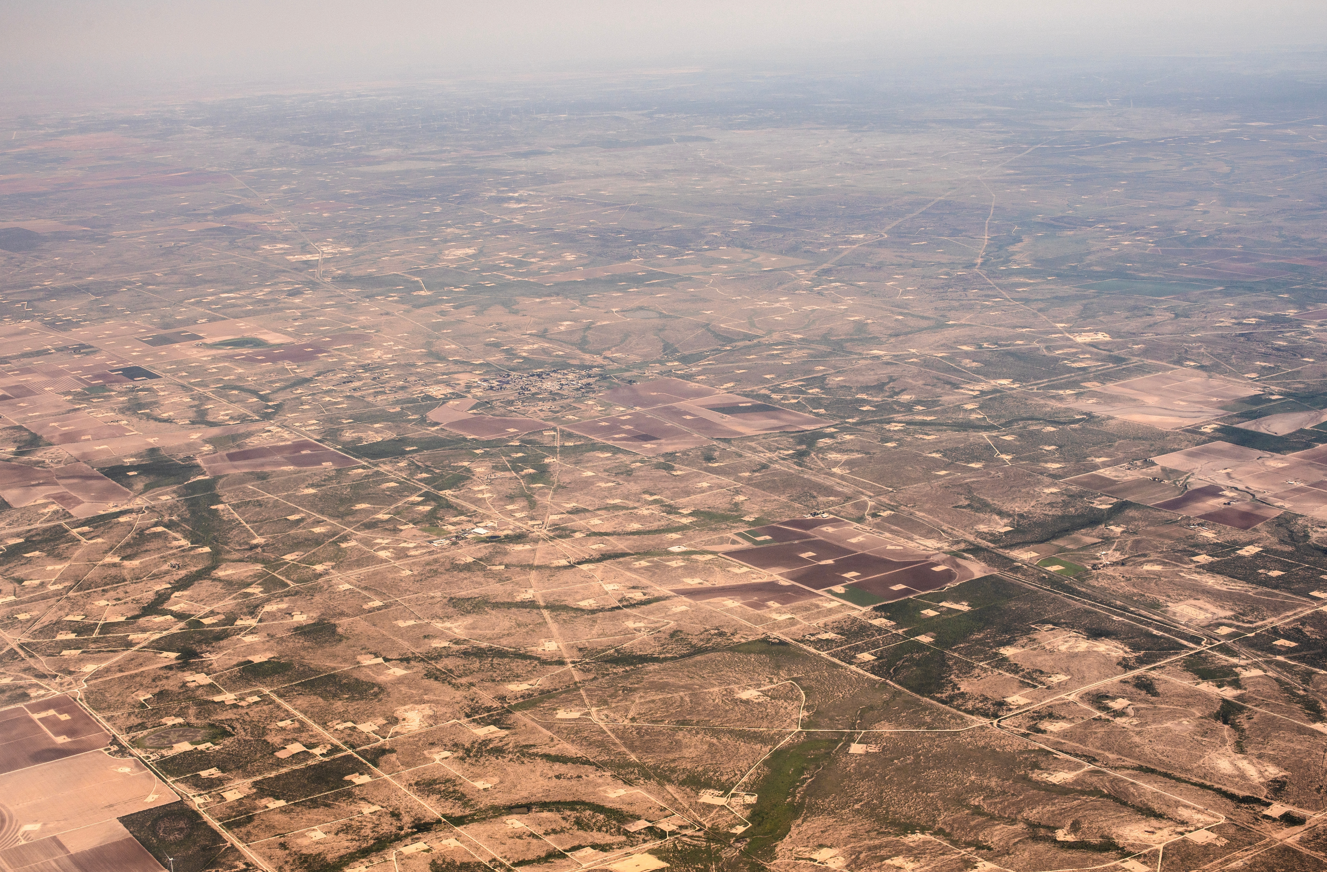Everything is bigger in Texas – including its oil fields. The Lone Star State is the beating heart of America’s oil empire, pumping out 6.3 million barrels of crude oil every day. To understand how it became an oil-producing powerhouse, you need to look back millions of years ago – and then fast-forward to the oil booms that shook the modern world.
A total of 32 US states pump oil, but just over 42 percent of the country’s crude oil production comes out of Texas, according to the US Energy Information Administration. This is way ahead of any other state, even the other top producers: New Mexico (13.3 percent), North Dakota (8.9 percent), Colorado (3.7 percent), and Alaska (3.7 percent).
Most Texan oil is extracted from the Permian Basin, a region that stretches across western Texas and into a small corner of southeastern New Mexico. It takes its name from the Permian period – a geological era that lasted from about 299 to 252 million years ago – when this part of the world was swamped by an inland sea, linked to the vast ocean surrounding the supercontinent Pangea by a narrow channel.
Texas may be a land of sun-scorched plains and rocky mountains today, but millions of years ago, the Permian Basin was submerged beneath ancient seas and nurtured a vibrant marine ecosystem. The crushed remains of this ancient marine life are essentially what formed the oil deposits we find today.

View from an airplane of the Permian Basin, Texas.
Image credit: Cavan-Images/Shutterstock.com
Oil is the condensed energy of life distilled through time. Despite what you might have heard, it’s not just a squished syrup of dead dinosaurs. However, it is the product of millions of years of heat, pressure, and time acting on microscopic algae, plankton, and other tiny marine organisms buried beneath layers of sediment. The energy that these lifeforms absorbed from the Sun over eons was, through a slow and complex process, transformed into the vast deposits of oil we burn for energy today.
The unique sedimentary geology of the Permian Basin is also perfectly geared for extraction, enabling a single well to pump oil and natural gas from several layers of rock in different geological zones. According to Chevron, the fossil fuel giant that owns huge portions of the basin, this “multiplies the basin’s natural resource potential.”
Prehistoric forces laid the foundation for Texas to become the oil-drilling hotspot of the US, but it was a series of pivotal developments in the early 20th century that truly set the stage for its dominance.
On January 10, 1901, a derrick at the Spindletop Oilfield blew a stream of oil over 30 meters (100 feet) into the air, uncontrollably gushing 100,000 barrels of oil per day for nine days. By many accounts, it marked the start of the Texas oil boom and potentially signaled the dawn of the Age of Oil we still live in today.
The unprecedented gusher not only demonstrated the vast oil reserves beneath Texas soil but also attracted a surge of investors and entrepreneurs eager to capitalize on this newfound wealth. The discovery led to the establishment of major oil companies, including Gulf Oil and Texaco, which were formed to develop production at Spindletop.
As oil money poured into Texas, the state became a hotbed of innovation that pushed the industry into hyperdrive. Breakthroughs in extraction techniques, like hydraulic fracturing and horizontal drilling, were refined here, unlocking reserves once thought unreachable and driving production to record-breaking heights in recent years.
Texan oil within the prehistoric Permian Basin has made a lot of money for a lot of people, but it’s come at a cost. It’s known as one of the “world’s dirtiest oil fields”, pumping out over 200 million tons of greenhouse gas emissions in 2022 alone. With this heavy industry comes a lot of other forms of pollution too. Oil and gas wells in Texas produce more than 12 billion barrels of wastewater, up to 4 billion of which are directly from the Permian.
Despite growing concerns about climate change and environmental pollution, Texan oil production is still going strong – and it’s only forecasted to rise further. Texas has always been at the forefront of the oil industry, and its continued upswing may be a hint that fossil fuels aren’t going anywhere just yet.
Source Link: Why Is There So Much Oil In Texas?